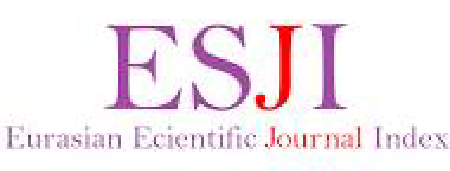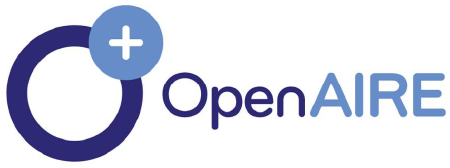DEVELOPMENTS AND EXTENT OF THE UNDERGROUND ECONOMY IN UZBEKISTAN.
Abstract
This article examines the current state of the shadow economy in the Republic of Uzbekistan. The methodology for assessing the shadow sector is outlined.
References
1. Mehrotra, A., & Yetman, J. (2014). Financial Inclusion and Optimal Monetary Policy (BIS Working Paper No. 476). BIS. Retrieved from https://www.bis.org/publ/work476.pdf
2. Khan, H. R. (2011, November 4). Financial Inclusion and Financial Stability: Two Sides of the Same Coin? Lecture presented at BANCON 2011. Retrieved from https://www.bis.org/review/r111229f.pdf
3. Tombini, A. (2012). Opening Remarks, IV Central Bank Forum on Financial Inclusion, Porto Alegre, October 29.
4. Mbutor, M. O., & Uba, I. A. (2013). The Impact of Financial Inclusion on Monetary Policy in Nigeria. Journal of Economics and International Finance, 5(8), 318-326. doi: https://doi.org/10.5897/JEIF2013.0541
5. Williams, C. C., & Schneider, F. (2016). Measuring the Global Shadow Economy: The Prevalence of Informal Work and Labor. Edward Elgar Publishing, UK.
6. Loayza, N. V. (1996). The Economics of the Informal Sector: A Simple Model and Some Empirical Evidence from Latin America. Carnegie-Rochester Conference Series on Public Policy, 45, 129-162.
7. Zellner, M. (1970). Self-Evaluation, Perception, and Influence. Journal of Personality and Social Psychology, 15(1), 87-93.






















